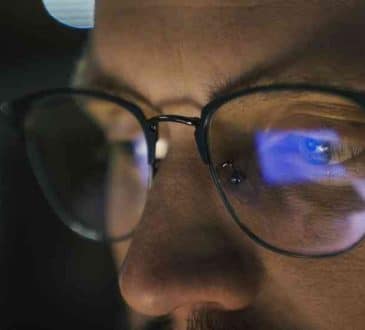Problem hunting in innovation

Is it a dedicated time or a dedicated team that aids organisational innovation? Organisations have also tried the traditional suggestion box, innovation directors, and introduced a value of innovation. Some of which have had some success. Problems are a regular occurrence within businesses and possibly offer the most significant source of innovation. How can teams premeditate where issues will present themselves? By hunting for them. Where do they hunt for problems?
- Simplify tasks
Be obsessed with work that cannot be eliminated; explore automation opportunities for it. Consider high volume, non-complex tasks first for automation. Challenge the current thinking, and consider if a portion of the ultimate solution could be automated initially? Apply learnings to automate the remainder. While analysing high-volume activities, and if full automation is not an option; what automation could be utilised for part of the task? Consider the potential of sub-automation. - Processes
Often overlooked and localised by teams. Localisation creates complexity, and this complexity is usually due to organisational customs rather than criticality. It’s challenging to develop consistency to scale a business with customisation. Uber emerged as a result of frustrations regarding access to taxis. The customer process was simplified and digitised. Uber invested in two areas: customer experience and scaling. As a result, it created an alternative to the taxi industry by not requiring vehicles—rather, vehicles join the service. This process was so simple that it was globalised and rapidly adopted by consumers. This consumer adoption occurred because the experience was consistent wherever they travelled, and the customer no longer had to participate/tolerate local taxis with local custom processes. - Intelligent data
Organisations capture, manage and refine data. Very simply, there are two types of data: useful and non-useful. The data may or may not be big and may or may not be within a data lake, and sometimes both things confuse the intended outcome of the data. Often, useful data has is known by organisations but is polluted by non-useful data that is creating distractions or potential distortions as a result of a big data agenda.
Data that is useful can offer insights into something. Look for connections within the data, sometimes a gap in data provide links to another poor performing area within a business. Seek to develop an intelligence capability beyond the practice of data management. Rather than considering the amount of data under management, consider instead the intelligence gleaned from the data. - Digital basics
The terms ‘data’ and ‘digital’ are sometimes used interchangeably by non-technical executives because there is an expectation that data is digital—it is not. Data may help digital, but it is not digital. Digital is the merging of the physical and digital worlds of space and place. Simplification, process standardisation and intelligent data may identify an opportunity for taking a physical activity into a digital realm. Beyond problem hunting, teams could set an objective to ‘truffle hunt’. ‘Truffles’ should unearth opportunities of greater customer intimacy and remove dependencies on suppliers or partners that erode the potential of scaling this. - Partners
There is a considerable amount of investment within many global technology companies. Explore areas that intersect or overlap with existing services or products offered by your organisation. Avoid the temptation of reinventing in their areas of expertise, as your organisation is unlikely to have their R&D budgets. An emerging example would be ‘Internet of Things’ capabilities developed by a technology company that could be leveraged by an engineering business that integrates smart sensor technologies into construction to improve maintenance practices through the early detection of changes. To enable digital basics and possibly creating a business model, consider how technology partners can help with the automation, scale and intelligence relevant to your industry.
Reduce the isolation of employees and partners through integrating people across the organisation who may have different reporting lines. Set the objective of problem hunting; creating this as the overwhelming sense of a collective team’s purpose rather than their reporting line. These groups of people across an organisation offer far greater potential to innovate.
Written by David Banger. Have you read?
For those who are planning their next business trip, here are the best hotels for business travelers to stay in Phuket. Puerto Vallarta. Cancun. Zihuatanejo de Azueta (Guerrero). Tulum. Playa del Carmen. Dubai. Amman. and Hurghada.
Add CEOWORLD magazine to your Google News feed.
Follow CEOWORLD magazine headlines on: Google News, LinkedIn, Twitter, and Facebook.
Copyright 2024 The CEOWORLD magazine. All rights reserved. This material (and any extract from it) must not be copied, redistributed or placed on any website, without CEOWORLD magazine' prior written consent. For media queries, please contact: info@ceoworld.biz








